Apple will start producing its own screens in 2024, moving away from Samsung.
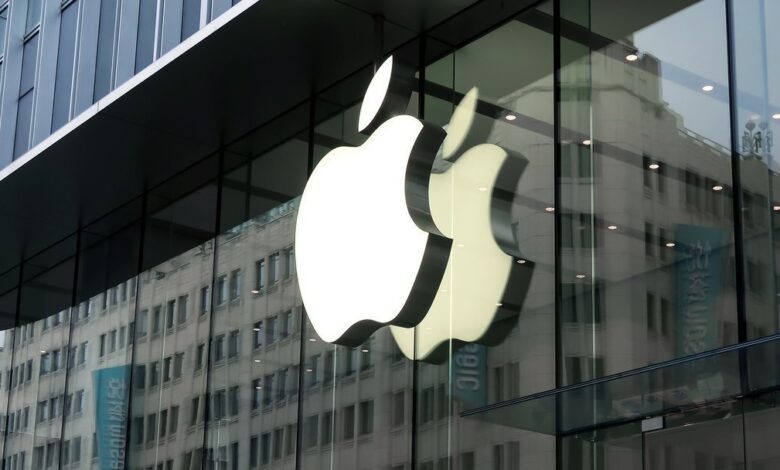
As part of a strategy to bring more factors in-house and lessen its reliance on technology partners like Samsung and LG, Apple Inc. intends to begin utilizing its own unique defenses against mobile bias as early as 2024. The institution intends to begin by replacing the display in the most expensive Apple Watches before the conclusion of the next period, according to persons with knowledge of the issue. Apple wants to someday replace the present OLED (organic light-emitting diode) standard with a micro LED one and incorporate the screens into other devices, including the iPhone.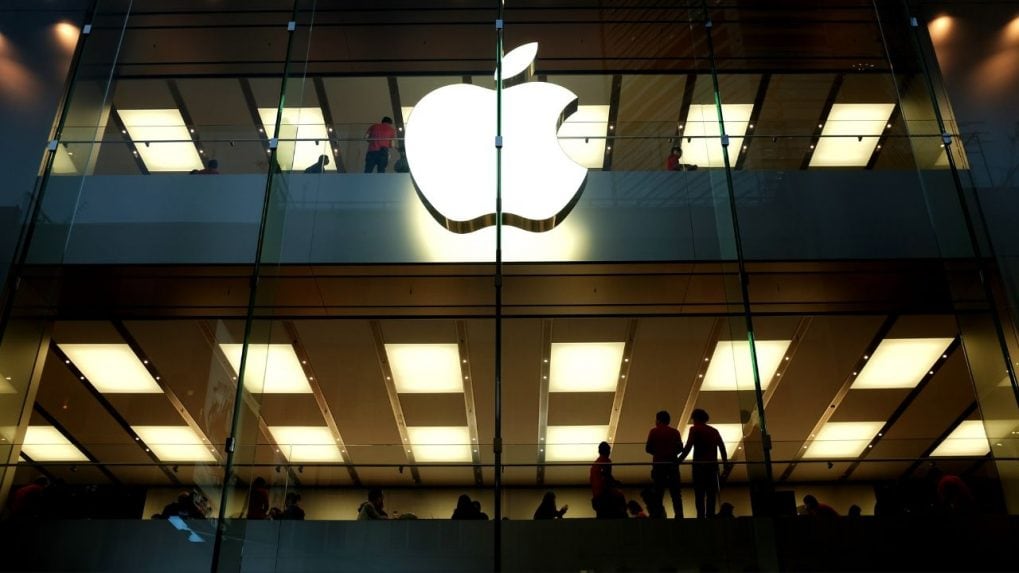
The modifications are a part of a bigger effort to shift from locally to third-party created material, giving Apple more control over the visual and functional aspects of its platform. The tech giant has ceased utilising Intel Corp. CPUs in its Mac computers in favour of its own designs, and it plans to do the same with the iPhones’ core wireless components. The prophet of Apple remained silent.
The most technologically sophisticated display maker in the world, Samsung, has been making its own brand of microLED for TVs. Nonetheless, by producing the defences in-house, Apple may be able to more closely conform its products and maintain a tighter grip on its force chain in the long run.Apple has been working on a screen switch for some time. The company’s intention to produce its own defenses, starting with the Apple Watch, was first covered by Bloomberg in 2018. The two major screen suppliers for the watch, Samsung Display Co. and LG Display Co., would suffer as a result of the decision.
The design for Apple is under the direction of Wei Chen, who is in charge of the display technology group inside Johny Srouji’s Hardware Technologies division. The company has begun testing the microLED screens as an update to its new sports watch, the Apple Watch Ultra.
The next-generation displays are intended to have brighter, more brilliant colours and the capability to be better viewed at an angle as compared to current Apple Watches. People who have seen the displays but wanted to remain anonymous since the design is still under wraps claim that the content seems to be painted on top of the glass.
The microLED panels will be Apple’s first defences that were totally internaly conceived and constructed. In addition to Samsung and LG, the institution currently now receives defences from a number of other directors, such as Japan Display Inc., Sharp Corp., and BOE Technology Group Co.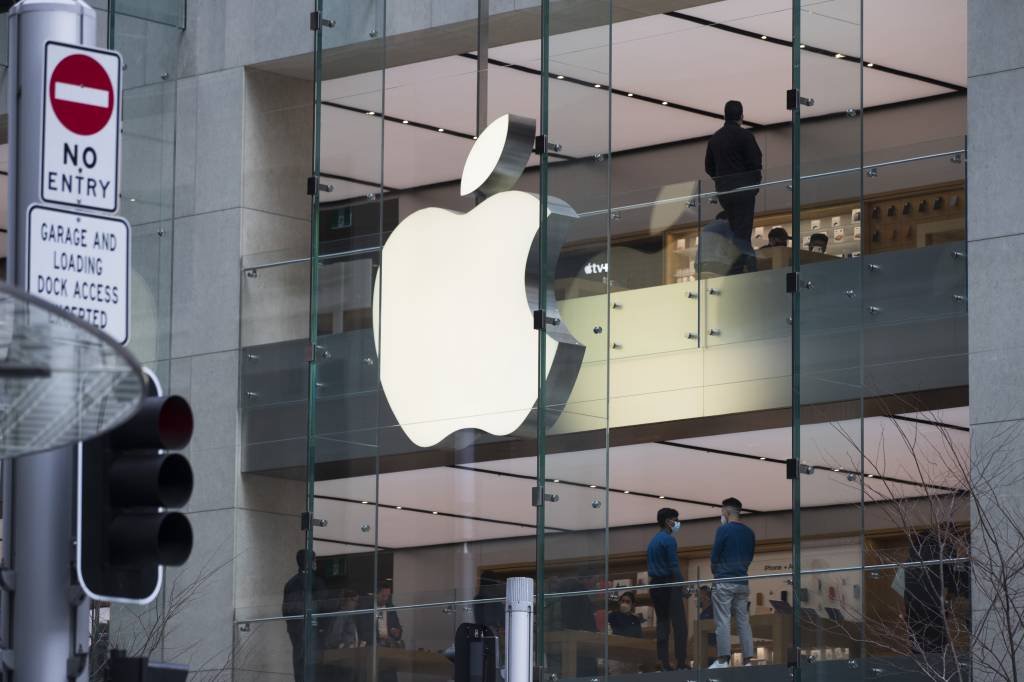
LG and Samsung declined to respond. Bloomberg’s research indicates that 36% of LG Display’s income comes from Apple. Even though Samsung is an Apple competitor in the smartphone market and a supplier, 6.6% of its contracts come from the firm that developed the iPhone.
The development of T159, the design’s codename, picked up momentum in 2018. Apple had set a goal to begin switching to microLED defenses as early as 2020. However, a large number of those involved in the issue said that expensive costs and technical obstacles caused the design to stagnate. Because of safety concerns, Apple opted to prioritise its watch, which has a screen size of around 2 inches, as its first mobile device instead of incorporating the technology into enormous displays, as it had initially envisioned.
According to several designers, Apple’s 2024 end may be postponed until 2025. The pot may just hand out a few of the new widgets to smooth the transition. Apple built the new defences and their manufacturing method, but it seems likely that they will rely on a different supplier to handle mass production. Just 15 stars away from its Apple Park offices, the company tests the displays in a 1,000-foot-bottom installation in Santa Clara, California. Similar exploration and development facilities may be found in Taiwan.
The project has received funding from Apple totaling several billion dollars, along with its attempts to build an electric vehicle, a mixed-reality headset, and significant health features for its watches. It is regarded internally as one of the company’s most essential systems. The corporation would spend over 26 billion dollars on exploration and development in the 2022 fiscal year.
The main improvements to the Apple Watch in the near future are the improved defences. The company plans to deliver updated performances at some point, but they will only be minor upgrades with faster processors and smaller improvements to the health detector. Apple’s watch’s main CPU hasn’t been updated in three years. The company has also adapted the screens for its next headwear, which will use technology comparable to the microLED displays coming to the Apple Watch. While it will be some years before Apple changes the iPhone to microLED, it plans to add OLED technology to the iPad with the Pro model in 2024.
For Apple, the switch to microLED has long been anticipated. The bid for Apple to acquire LuxVue, which built microLED technology, began in 2014.The creation of Apple’s own displays had initially been overseen by seasoned superintendent Lynn Youngs inside Apple’s tackle engineering division, but the task was transferred to Srouji, who’s in charge of the company’s custom chip department, two times ago.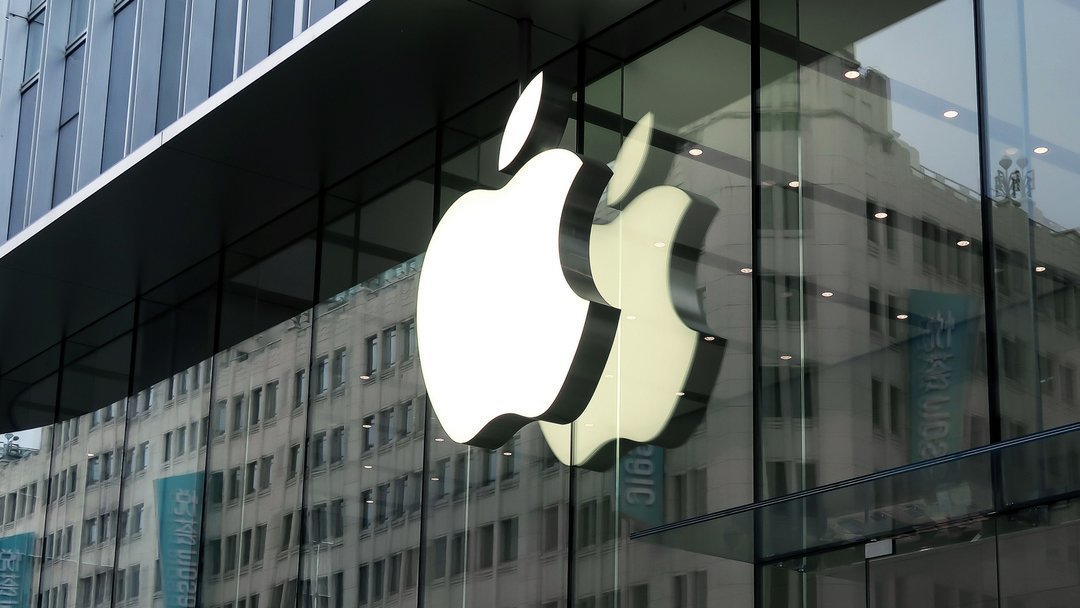
Apple intends to use its own design instead of a pivotal Broadcom chip.
According to those with knowledge of the issue, as part of Apple Inc.’s trouble to replace the processors within its iPhones with domestic factors, the company will stop using a critical Broadcom Inc. element in 2025, inflicting a blow to one of its largest suppliers. In order to replace Qualcomm Inc., Apple also intends to make its own cellular modem chip available by the end of 2024 or the early of 2025, according to the people, who declined to be named because the plans are top-secret. The Qualcomm component was originally supposed to be replaced this time, but delays in the development process have prolonged the deadline.
The biggest customer of Broadcom, Apple, contributed over $7 billion, or 20 percent, of the chipmaker’s deals in the most recent financial period. Although Qualcomm has long advised that its dependence on Apple will lessen, the iPhone manufacturer still accounts for roughly $10 billion of its monthly sales.
After hearing the news, Broadcom’s stock plunged as much as 4.7 percent before reversing course. At the end, the stock dropped $2 to $576.89.Prior to ending at $144.61, down 0.6, Qualcomm declined to consider it as important as 1.66.
The behaviour will further destabilise a semiconductor industry that makes billions dealing with Apple.The most precious tech business in the world formerly used its own Apple silicon chips instead of utmost Intel Corp. processors in its Mac computers. The leading producers of wireless widgets are now impacted by the changes.
The iPhone, which is the company’s main source of revenue, accounted for more than half of Apple’s $394.3 billion in transactions from the previous period. Additionally supporting Broadcom’s growth, the device is referred to be the company’s “main North American client” on earnings calls. A single component made by the semiconductor company manages Bluetooth and Wi-Fi features on Apple devices.
According to the sources, Apple is working on an internal solution for that processor and plans to begin utilising it around 2025. Also, a successor model that combines cellular modem, Wi-Fi, and Bluetooth functionality into a single element is presently in development. Apple’s spokesperson in Cupertino, California, failed to respond to a request for comment. Broadcom was unfit to write anything down.
Indeed, while Apple has been working on customising certain corridors as well, Broadcom continues to give Apple other corridors, similar to radio-frequency processors, which control wireless charging. Broadcom CEO Hock Tan expressed confidence that his business will continue to have a presence at Apple during a conference call last month. “We suppose we’ve got the topmost technology and are furnishing our guests with value,” she added. “There’s no defence for choosing a position where you aren’t stylish.” Other than representing earlier statements the business has made on the subject, Qualcomm declined to comment.
The chip manufacturer increased its anticipation from slightly under 20 to a maturity level of 20 for the 2023 iPhone launch in November. In addition to this, Qualcomm stated that “there are no changes to our planning supposition, and we’re anticipating a limited donation from Apple product earnings in fiscal year 25.” Apple originally intended to only employ its in-house element in one new device, similar to a high-end iPhone model, after moving down from Qualcomm modems. Following the same process as past migrations, the business will likewise abruptly phase out Qualcomm modems over a period of time that it anticipates would take around three times as long.
However, thus far, the shift hasn’t been simple. Despite having planned to deploy its own cellular modem at this point, the company had problems with overheating, battery life, and getting the element certified. The iPhone now supports more than 100 cellular operators in more than 175 countries, making testing time-consuming and difficult.
For utmost addicts, a cellular modem is the most important element of an iPhone since it enables the device to conduct phone calls and connect to the internet when Wi-Fi is unavailable. However, it may significantly hurt the company’s flagship product if Apple’s provision is inferior to Qualcomm’s element. The prolonged transfiguration may potentially leave Apple in a precarious situation. For several years, the business will still be reliant on Qualcomm as it replaces the element in a variety of products.
Around 2018, Apple opened an office in San Diego near Qualcomm’s headquarters and began developing its modem. The establishment created more services in strategic locales recognised for the development of wireless technology in 2019 and bought Intel’s modem division for $1 billion as a means of accelerating that development. The development of the Wi-Fi and Bluetooth chips is more recent; therefore, a release will be delayed. Still, Apple has previously produced some wireless processors independently, similar to the W3 and H2 chips featured in Apple Watches and AirPods.
Apple and Qualcomm were engaged in a legal dispute around royalties and modem-related patents up to a settlement in 2019. For the iPhone to support 5G in 2020, Apple at the time thought the check-fire was necessary. The companies decided Qualcomm will keep supplying Apple with factors through 2024. Apple and Broadcom have also had a rocky relationship. During the force majeure brought on by the epidemic, Tan, the chipmaker’s CEO, who has a character for strong logrolling, compelled certain guests to commit to no cancelable orders.
In an agreement that would extend until the middle of 2023, Apple declared in 2020 that it would spend $ 15 billion on Broadcom processors. Despite Apple being Broadcom’s largest client, Tan hasn’t always been committed to the request. Tan said that Broadcom may sell the division that supplies chips to Apple prior to the 2020 deal. According to an exploration by Wells Fargo & Co. critic Aaron Rakers, investors in Broadcom should also be concerned about Apple’s implicit future moves.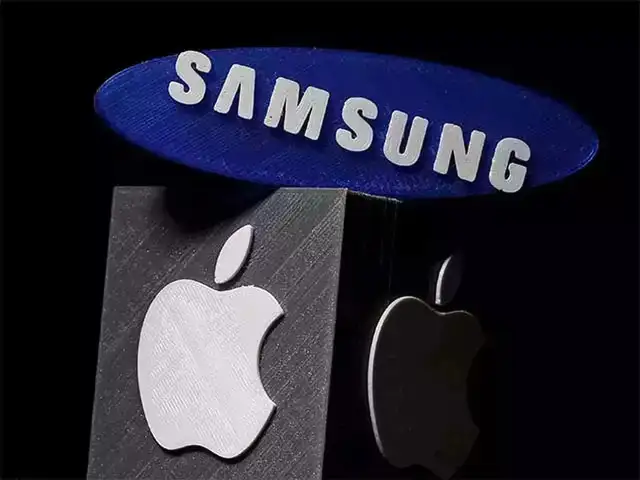
Given how much of Apple’s profit it contributes, he added, “While it’s well-known that Apple continues to move toward internally developing and adding quantum of its factors, from a Broadcom standpoint, this clearly provides an investor sentiment tailwind.”
Edited by Prakriti Arora



